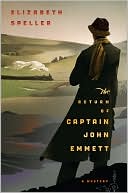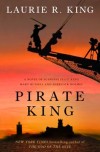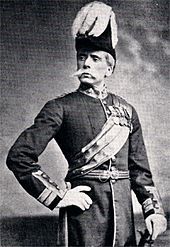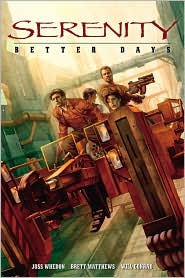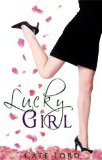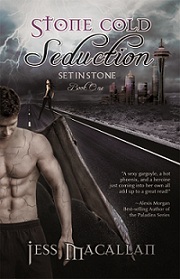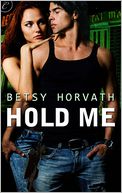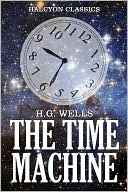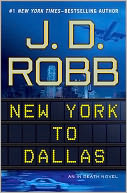 Just let me say this up front. I love Eve Dallas and Roarke. I’ve read every single book, and I think every short story.
Just let me say this up front. I love Eve Dallas and Roarke. I’ve read every single book, and I think every short story.
I have 30 books I’m supposed to review between now and the end of January. I told myself I had plenty of other stuff I should be reading. And I couldn’t stop myself from buying J.D. Robb’s New York to Dallas last night. And finishing it. Last night. I’m amazed I waited two whole days to get the book.
The …In Death series are super books. Both in the sense of “you’ve got to read this book” and in the sense of “It’s a bird, it’s a plane, it’s Superman!”.
Why? Because all the books contain three genres successfully mashed into a single story. Every book, from Naked in Death to the very latest, is a police procedural, and a pretty cozy one at that. A crime is committed, usually a murder. Eve Dallas, a homicide cop, and her team eventually solve the crime. Eve uses the policies and procedures that cops use. She investigates the crime. She follows the law. She interviews witnesses. Forensic evidence is collected and examined. This should sound familiar, it is the staple of every crime show and every mystery novel from Sherlock Holmes to Agatha Christie to Law and Order.
Eve has a team. Every member of her team has a role to play. Feeney is her mentor. Peabody is her plucky young assistant. Mira is the motherly figure. Mavis is the best friend. As readers, we come to care about Eve’s team, her surrogate family. We read the books because we want to know what happens to them as they grow and change.
 Then there’s Roarke. The ongoing romantic relationship between Eve and Roarke is an amazing literary accomplishment. Most romantic series “jump the shark” when the primary couple resolves the romantic tension. But not Eve and Roarke. New York to Dallas is the 33rd book in the series, and their relationship is just as hot as it was in Naked in Death, the first book. They know they are lucky, and as readers, we experience it with them. They fight like tigers, sometimes to the point of drawing blood, but it’s still exciting to watch.
Then there’s Roarke. The ongoing romantic relationship between Eve and Roarke is an amazing literary accomplishment. Most romantic series “jump the shark” when the primary couple resolves the romantic tension. But not Eve and Roarke. New York to Dallas is the 33rd book in the series, and their relationship is just as hot as it was in Naked in Death, the first book. They know they are lucky, and as readers, we experience it with them. They fight like tigers, sometimes to the point of drawing blood, but it’s still exciting to watch.
And, lest we forget, this series is also futuristic. The year is 2060, not 2011. The world has changed, both for the better and for the worse. Mankind has colonized the Moon and Mars and created off-planet havens. Droids serve as personal servants. But there was a cost for all of this progress–the Urban Wars that occur sometime between our now and Eve’s. The Wars are by no means a distant memory, no more than the tensions of the Vietnam Era are to us.
In New York to Dallas, Eve’s career comes full circle, and that circle intersects with the shadows of her own past. When she was a rookie, she arrested a predatory pedophile named Isaac McQueen. She was observant, and she was lucky. And Eve knew what he was because she’d been the victim of someone just like him. She saved 22 girls from a monster. The monster got life in prison. And Eve was found by Feeney, who recognized that she was meant to be a cop. He transferred her to Homicide Division, and her life began.
Escape Rating A: If you’ve read the rest of the series, read this one now. If you haven’t, and you’ve always meant to, get Naked in Death, and start now.








